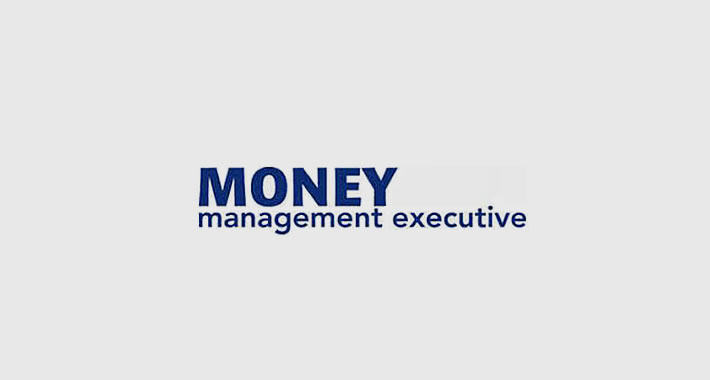In today’s highly competitive environment, RIAs, IBDs & Wirehouses are looking for more comprehensive and personalized solutions for their clients. This means that asset managers must focus on differentiating their products to attract and retain advisors – while trying to minimize their sales and marketing expenses. To reduce the cost of sales while increasing wallet share it’s critical for asset managers to align their unique expertise and products with the business opportunities which are most likely to significantly increase AUM.
One of the challenges many asset managers face in trying to quickly identify the right opportunities is that it’s a struggle to obtain reliable sales & asset business intelligence from the tool their sales and marketing teams rely on the most – their CRM. Some sales and marketing teams are still spending an inordinate amount of time hunting for opportunities across multiple disconnected systems versus having their systems do the work for them and present actionable results in the CRM.
Having the following data-related solutions in place will not only increase the effectiveness of the sales and marketing teams in targeting the right opportunities, but also can significantly reduce a firm’s sales-related expenses.
DATA COLLECTION
To support business growth the firm’s data collection system needs to be able to process all of the various types of Institutional and Retail related distribution data that is important to growing the business. Depending on the nature of the business this may include Mutual Funds, Retirement Account data, Managed Accounts, ETFs, UCITS, and Alternatives.
For example, as the Defined Contribution Investment Only (DCIO) business becomes a larger part of firmwide sales the data collection process must be able to automatically import and organize DCIO data to eliminate timing delays and errors caused by manual effort and to provide a clear picture of DCIO trends alongside other business lines such as Mutual Funds and Managed Accounts.
DATA CLEANSING AND ENRICHMENT
To identify the best business opportunities it’s essential for asset managers to not only understand who is buying their products, but also who is influencing the buying decisions.
In addition to accurate Firm, Office/Branch, Rep and Account data many firms complement this data set with third-party data sources such as market share data, rep demographic data and intermediary data packs. The addition of third-party data sources can provide a more intelligent view of potential opportunities including identifying key contacts and purchasing decision makers within RIA and intermediary teams.
Once collected, cleansed and enriched the data needs to be processed and distributed in a way that can identify the most potentially rewarding opportunities without having the sales and marketing teams spend a good portion of their work week searching for new opportunities within multiple systems.
DATA ANALYTICS AND DISTRIBUTION – TRANSFORMING DATA INTO INFORMATION
Working in conjunction with the data collection system, a sales analytics engine can process the data that’s been collected and enriched to summarize sales and assets, identify trends, identify top prospects, and produce sales analytics dashboards which are then automatically displayed within the
CRM system via a real-time bi-directional exchange of key data elements between the data collection system and the CRM.
This process not only ensures the business is working with the most up to date and accurate information, but also can identify new opportunities as well as to provide an “early warning system” as to which accounts may be at risk of redeeming assets based on certain attributes such as activities, sales and trends.
PUTTING IT ALL TOGETHER
Having the right data collection, cleansing and analytics solution which enhances the asset manager’s CRM with actionable business intelligence can significantly reduce the time and effort sales and marketing teams spend searching for opportunities across systems so they can focus on the opportunities that are most likely to drive asset growth.
by Nicole Callies -Head of New Business Development for the Midwest region



